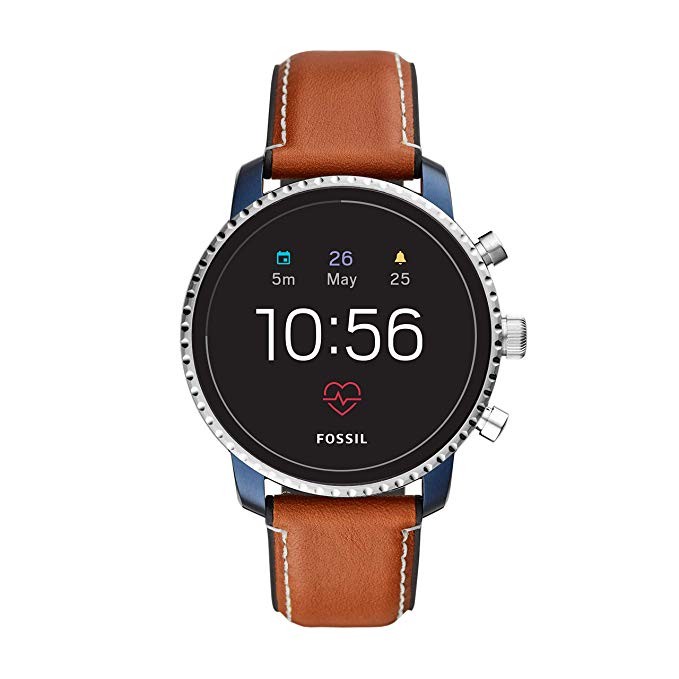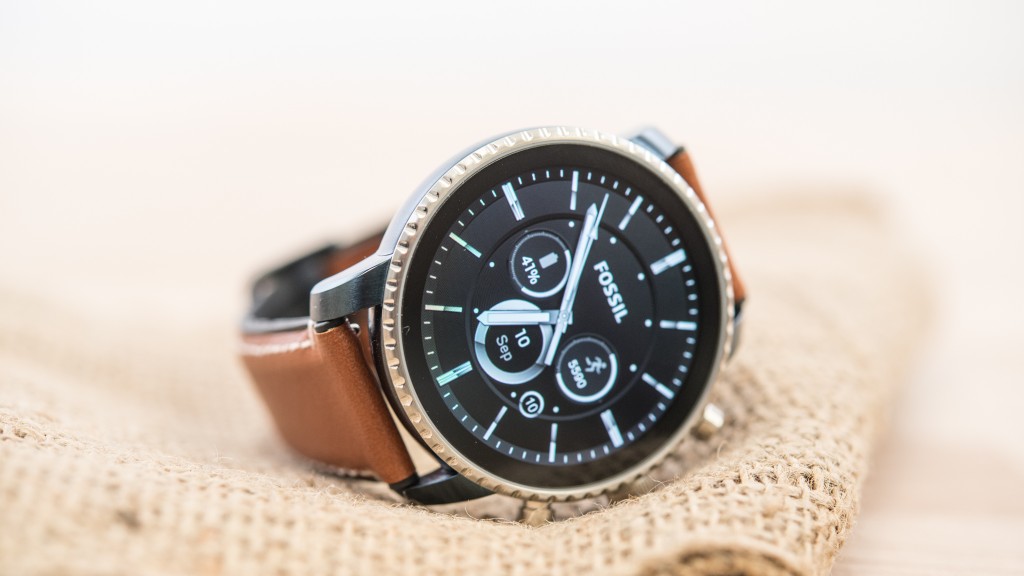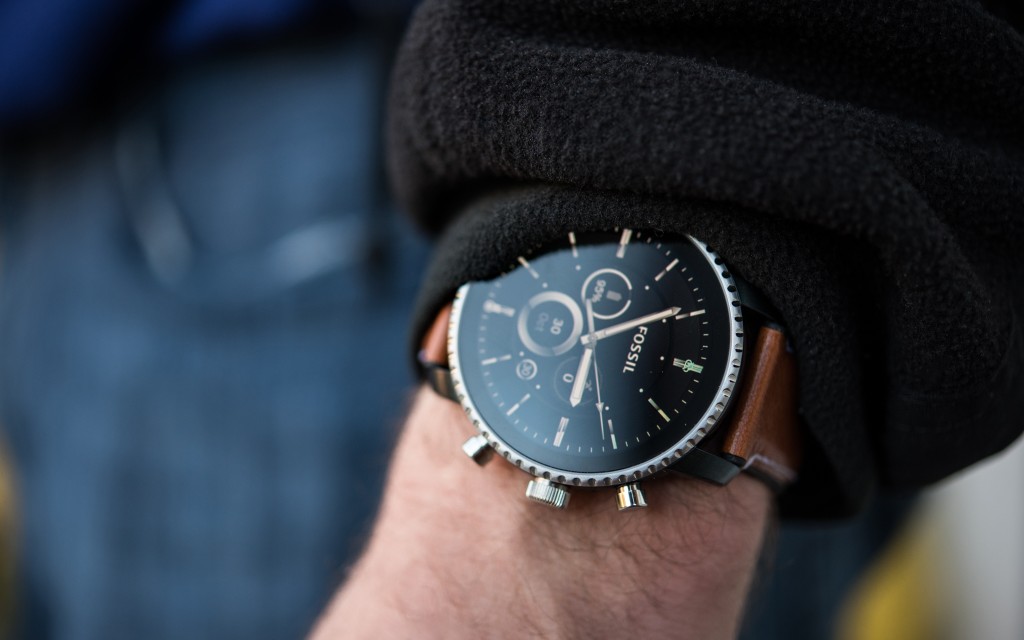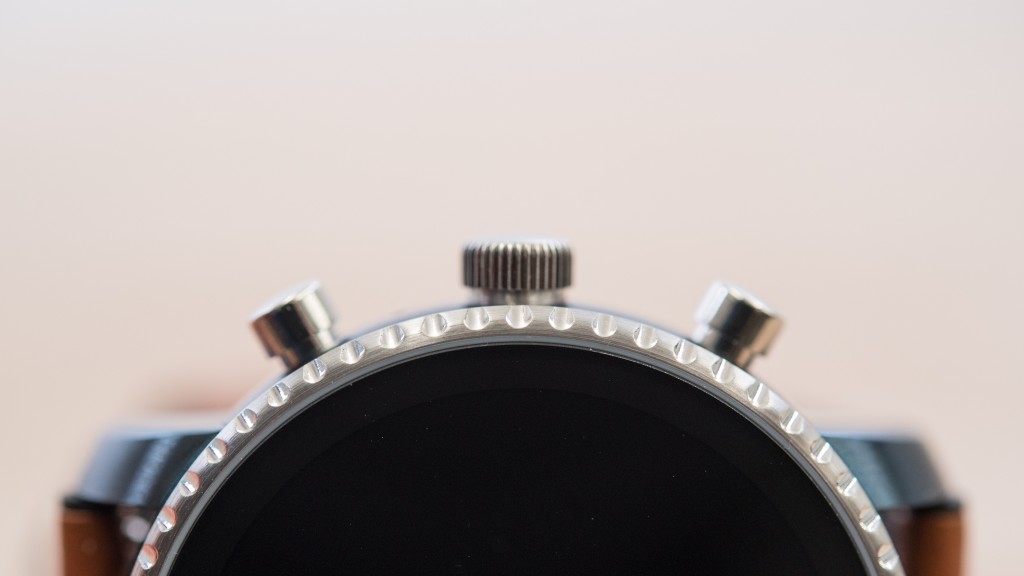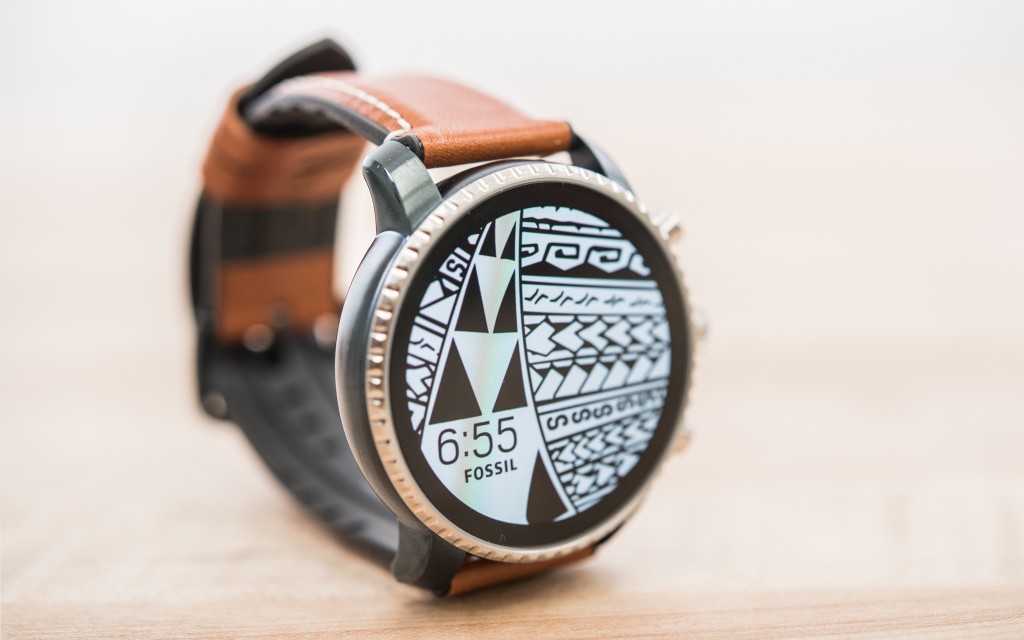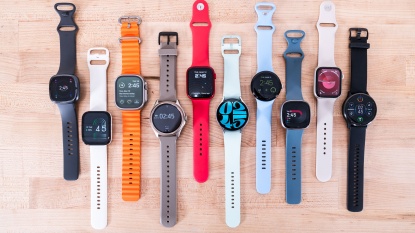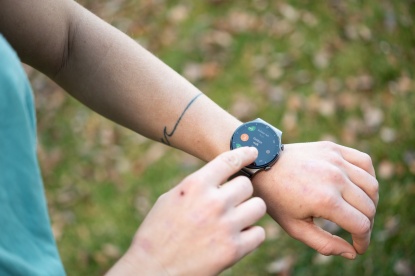Fossil Q Explorist HR Review
Our Verdict
Our Analysis and Test Results
The Explorist HR tied with the Fitbit Versa and scored just a tiny bit better than the Fitbit Ionic. The Versa has a bit better of a display and a much better set of fitness tracking features than the Explorist, as well as a superior battery life. The Versa also costs quite a bit less — $75. However, the Explorist HR does have a wider range of smart features than either of these Fitbit models.
Performance Comparison
To pick out which smartwatches are really worthy of earning one of our awards, we conducted extensive research and compared all the most popular models currently on the market. We then picked out all the wearables that showed the most promise, bought them, and tested them side-by-side. Keep reading to see just how the Fossil Q Explorist HR stacked up against the rest of the group in our five weighted rating metrics.
Ease of Use
For our initial round of assessments, we compared and scored how convenient and easy to operate each of these smartwatches actually are. This is our most important set of tests and comprises 30% of the overall score for each smartwatch. We looked at how responsive the touchscreen is, if there are any other interface methods, the water resistance of the wearable, and how easy it is to charge, as well as how much effort is required to swap the wristbands. The Explorist HR did fairly well, earning a 6 out of 10 for its performance.
The screen on this watch is decently responsive to taps or swipes, but there is a definite delay in the screen waking up when you raise your wrist. This watch also has a crown scroll that you can use to move through the menus.
It's fairly easy to switch the wristband on the Explorist HR, relying on the standard slide lever found on most typical watches. This watch is also rated as water-resistant to 30 meters, making it more than suitable for tracking swimming workouts, though the microphone and touchscreen may cease operation or behave erratically while the watch is submerged or isn't completely dry.
We weren't the biggest fans of the charging method on this watch, as we found the magnetic charger can quite easily become disconnected with only moderate force or movement. We also found that we couldn't really take screenshots all that easily, with it failing to work for us almost every time.
Smart Functions
For our next group of tests, we compared and graded the different features and functions that make these watches smart, which is responsible for 20% of the total for each timepiece. In particular, we were looking for a built-in GPS unit, the ability to make or receive calls on the watch itself, how many popular apps you can use it with, if you can use it as a payment option with contactless payment terminals, and how easy it is to use it to control your music. The Fossil again did slightly above average, earning another 6 out of 10.
This smartwatch uses the Android Wear operating system, so is compatible with a good chunk of the most popular apps, like Strava, Spotify, or Uber, but we did wish that it had preset responses to choose from when replying to messages. You don't have the ability to answer calls and talk on your wrist on the Explorist, but it will notify you if you get a call, as well as show most push notifications from other apps. This watch has rudimentary music controls, but does have a built-in GPS module and NFC capabilities to use Android Pay. However, there are not any LTE or other standalone cellular capabilities.
Display
Again responsible for 20% of the overall score, we compared the screen quality of each smart timepiece for our next rating metric. We looked at the overall quality of the image, how easy it is to see in different lighting conditions, and how much control you have over the brightness of the backlight. Continuing a trend, the Fossil again scored a 6 out of 10.
The 1.37" 454x454 AMOLED screen gives a solid picture, but can't match the picture quality of the top models. We also found it to be quite annoying how quickly this screen times out. It's super easy to read the display in the dark and alright in bright conditions, though it can be quite hard in extremely bright sunlight.
However, we did like that you can set the screen to be always-on, though it will drain the battery life much faster, or have it set to automatically adjust the brightness.
Fitness Impact
Next, we went about comparing and scoring how effective each of these smartwatches are at tracking your fitness. We scored each wearable on its accuracy at tracking steps taken and at monitoring our heart rate, as well as the number of trackable activity profiles each one has and if it can count the number of floors you have climbed throughout the day. Continuing its trend, the Fossil scored just above average, earning a 6 out of 10 in this set of tests, which account for 15% of the total.
We found the step tracker on the watch face to be really slow at updating for steps in real time, but we were actually very impressed with the accuracy of the step tracker of the Explorist when using the Google Fit app. It actually is one of the most accurate we have tested, only deviating by about 8 steps at the most in our three, mile-long walk tests. The heart rate monitor was fairly accurate in our tests, aligning well with the chest strap heart rate monitor we used as a control with resting heart rates, but showed some significant discrepancies at more active heart rate zones.
This watch also used the Google Fit app for its workout tracking, which offers a solid set of different activities that it can track and a decent amount of data. However, this watch doesn't track the number of stairs that you climb throughout the day.
Battery Life
For our last group of tests, in charge of the last 10% of the total score, we looked at the battery life of the Explorist HR. We looked at both how long the battery lasted for with moderate use and how long it took to recharge, with the performance of the Fossil dropping slightly, earning it a 5 out of 10.
This smartwatch lasted for 18-24 hours in each of our tests, mainly depending on whether or not we were using the GPS. However, it does charge very quickly, only taking about a half hour to hit the 50% mark with a completely dead battery and about 73 minutes to completely charge.
Value
This watch isn't a great value, pairing a lackluster showing with a somewhat premium price.
Conclusion
All in all, the Explorist HR is a significant improvement on its predecessors, but it still has a long ways to go before it is in contention for an award.


